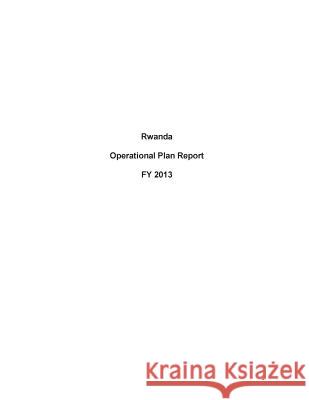Rwanda Operational Plan Report FY 2013 » książka
Rwanda Operational Plan Report FY 2013
ISBN-13: 9781503194205 / Angielski / Miękka / 2014 / 214 str.
Rwanda has made remarkable progress since the tragedy of the 1994 genocide, with growth in real per capita income averaging nearly 5% and accelerating to an average of over 8% in the period 2006-2010 (NISR, Statistical Yearbook 2011). However, Rwanda remains one of the world's poorest countries, and is ranked 166 out of 187 countries on UNDP's Human Development Index 2011. According to the 2011 household survey, 45% of the population lives below the poverty line of $1.30 per day with 24% falling below an extreme poverty threshold of about $0.90 per day (NISR, 2012). Although Rwanda has made significant progress in improving the health status of its population, much work remains. Females have a life expectancy of 53.8 years, while males have a life expectancy of 49.4 years (NISR, 2011). The burden of disease in Rwanda is similar to that of other developing countries. Acute respiratory infections (ARI) accounted for 36% of all illnesses in 2011, followed by intestinal parasites (9%) (Rwanda MOH Annual Health Statistics Booklet, 2011). Cases of malaria have dropped from 8% in 2010 to 3% in 2011 but account for 6% of total deaths in 2011 as compared to 13% in 2010. In 2011, HIV and associated opportunistic infections was the fourth leading cause of hospital mortality with 7% of deaths after premature birth (11%), ARIs (9%) and cardiac diseases (9%).











